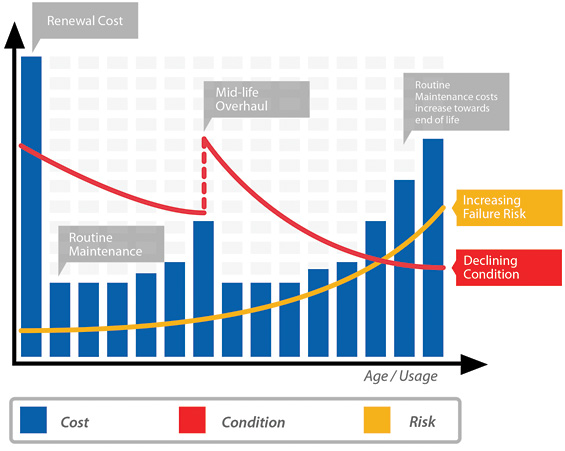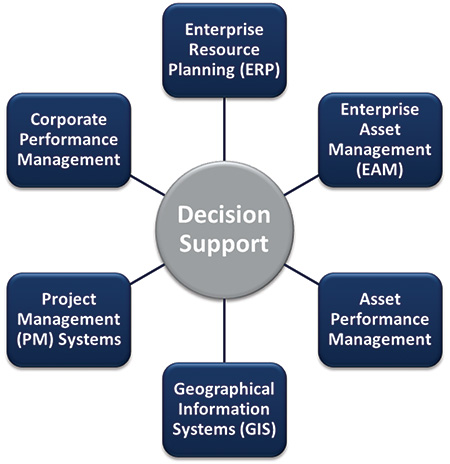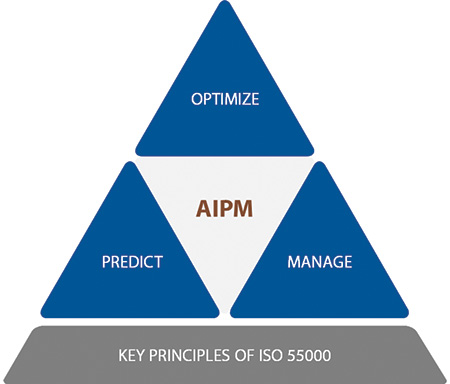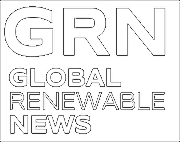In a world of aging assets and limited financial and human resources, companies often struggle to decide which asset-related capital projects should get the most attention. Managers are required to compare vastly diverging project justifications and must somehow decide which projects bring the most value to the organization. The new ISO 55000 international asset management standard clarifies some of the principles, but doesn't help you select or apply a methodology. This article explores how combining asset failure risk evaluations with a well-defined corporate value function can lead to optimal decision making. It also discusses how the resulting decisions should be tracked and adjusted over the lifetime of the underlying projects to maximize the execution rate and return on investment.
Realize the Maximum Value from Assets
Investment planning in asset intensive industries must focus on realizing the maximum value from a corporation's assets, while at the same time ensuring that the organization is not exposed to unacceptable levels of risk.
Making decisions around asset investments, replacements, refurbishments and retirements is a complex process. Many factors need to be considered and significant financial and resource constraints often limit the leeway of decision makers. ISO 55000 stresses the importance of asset-related risks as a key factor in decision making, complementing the more traditional lifecycle cost analysis. As an asset condition degrades, its probability of failure increases, as do the associated risks. Such risks should typically be mitigated before they become unacceptable to the corporation (see Figure 1).

Figure 1: Asset Life Cycle Cost Analysis
(Source: The Institute of Asset Management, Asset Management - An
Anatomy,' Version 2, July 2014, Page 27, ISBN 9781908891044.)
Assuming the asset is already subject to the most appropriate maintenance regime, this effectively means the asset needs investment. The term investment' is used here in the generic sense: it could be an asset replacement, a redesign, a partial change or refurbishment, a swap of assets, or even soft' investments such as retraining staff to operate the asset differently. Investment projects generally require approvals that involve a wide group of internal stakeholders such as finance, operations, engineering, planning, etc. These various stakeholders look at asset management through their own needs - with their own data, processes and systems. In this context, asset risk and project value can be used as common denominators' to allow all stakeholders to evaluate the merits of a project.
In addition to stakeholder alignment, we need to consider integrating all the IT systems, which each hold some part of the necessary data. Effective decision support solutions draw data from multiple departmental and enterprise IT systems to present a full picture of all assets, and of the challenges and consequences of each decision (Figure 2).

Figure 2: Integrated Decision Support
Make Optimal Investment Decisions
Capital investments typically require fully documented business cases to gain project funding and resourcing. Best practices recommend that each business case present a few alternative solutions - both to ensure that due diligence has been adequately performed, and to allow decision makers to consider various options when evaluating portfolios of investment candidates. This is especially important when investment candidates are competing for limited resources (financial, labor, tools and inventory).
The process of selecting the optimal blend of investments first requires the evaluation of the potential contribution of each candidate investment by using value functions. These functions include and weigh all the investments' benefits that the corporation is trying to maximize (e.g. safety, uptime, ROI, reputation).
Portfolios of investments should then be optimized. Optimization seeks to maximize value, while respecting all financial, resource and timing constraints, and avoiding unacceptable risks. Such optimizations can happen at the departmental level, across multiple departments or the enterprise, depending on how the corporation is organized and how budgets are allocated. Optimizations can become quite complex, especially if each investment draws upon many classes of resources and includes multiple alternatives. This calls for advanced computational techniques such as Mixed Integer Linear Programming to quickly optimize portfolios of investments, and compare and contrast various what-if' scenarios.
Maximize Performance with Continuous Planning
The outcome of portfolio optimization is a list of approved, funded projects. Once these projects enter the execution phase, they might slip or accelerate and over- or under-spend. Such variances should be made visible to the organization as quickly as possible to allow the corporation to adjust its plans and redeploy resources accordingly. By combining and analyzing all the variances in a specific portfolio, it is often possible to reallocate resources and improve on the overall execution rate of projects in near real-time. Users of advanced Asset Investment Planning and Management (AIPM) tools have discovered that continuously monitoring variances and re-optimizing the plan on a monthly or quarterly basis, can improve execution rates by as much as 20 percent.
Finally, when a project is completed, it is important to understand what really happened during the execution, versus what had been originally planned and promised. This is true at the level of an individual investment and across full portfolios. Regulators, investors and other stakeholders want to know if resources were optimally applied and if results are in line with what had been sold' to them. One must therefore track all decisions and changes, allowing the corporation to perform full audits, and therefore build stronger internal and external credibility and apply the lessons learned to the next budgetary cycle.
Conclusion
The result of applying an AIPM methodology is a holistic and dynamic asset investment plan covering all time horizons: from projects already under way, to investments planned in the coming years, to growth investments, and finally, to suggested reinvestments necessary to ensure a sustainable long-term future for the existing asset base. AIPM allows the corporation to develop and maintain a defensible, well-documented asset investment plan built around actual asset, risk and financial data that can be used confidently with internal and external stakeholders.
In a nutshell, there are three elements to a successful AIPM strategy: predict, optimize and manage. An organization must be able to:
- Predict the long-term needs - both in asset sustainment and in growth
- Optimize portfolios of planned investments to realize the greatest value from assets while honouring all resource and timing constraints
- Manage portfolios to achieve the highest execution performance
This must all be done in alignment with the key principles of the ISO 55000 standard for Asset Management, as shown in Figure 3.

Figure 3: Asset Investment Planning & Management (AIPM)
If well executed, AIPM offers the corporation line of sight between its strategic objectives and imperatives, the actual condition and risks attached to each asset, and the investments planned to mitigate risks as those assets degrade. AIPM helps the corporation extract maximum value from its assets across all time horizons, and align itself with leading asset management standards.
Asset Management: A Few Good Questions*
- Do you understand the risk profile associated with your asset portfolio and how this will change over time?
- Can you demonstrate the business consequences of reducing or increasing your capital investment or maintenance budgets over the next five years?
- Can you justify your planned asset expenditures to external stakeholders?
- Can you easily identify which investment projects to defer when there are funding or cash flow constraints?
- Do you have the appropriate asset data and information to support your asset management decision making?
About the Author
 Boudewijn Neijens holds a degree in Mechanical Engineering from the University of Brussels, an MBA from INSEAD in France, and CMRP, CRL and CAMA certifications. He has been involved with high-technology start-ups for the last 20 years, and is currently Chief Marketing Officer at Copperleaf Technologies where he works with large asset intensive corporations around the world to refine their asset management practices in the areas of Asset Investment Planning and Management, decision support systems and risk-based planning models. He is also President of the Vancouver chapter of the Plant Engineering and Maintenance Association of Canada and Vice-Chair of the Canadian chapter of the Institute of Asset Management.
Boudewijn Neijens holds a degree in Mechanical Engineering from the University of Brussels, an MBA from INSEAD in France, and CMRP, CRL and CAMA certifications. He has been involved with high-technology start-ups for the last 20 years, and is currently Chief Marketing Officer at Copperleaf Technologies where he works with large asset intensive corporations around the world to refine their asset management practices in the areas of Asset Investment Planning and Management, decision support systems and risk-based planning models. He is also President of the Vancouver chapter of the Plant Engineering and Maintenance Association of Canada and Vice-Chair of the Canadian chapter of the Institute of Asset Management.
*Source: The Institute of Asset Management, Asset Management - An Anatomy,' Version 2, July 2014, Page 1, ISBN 9781908891044.




